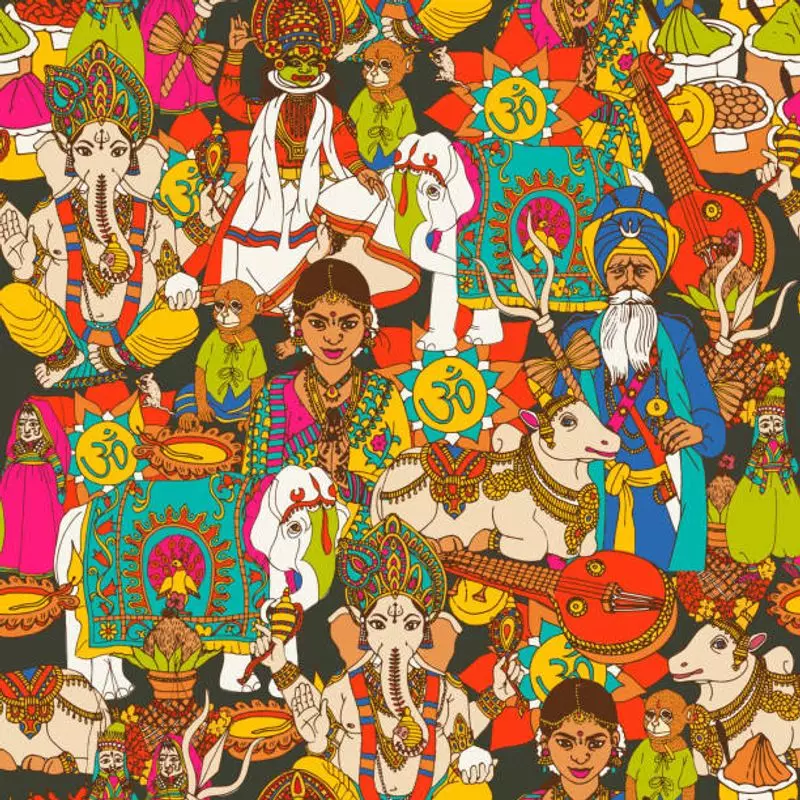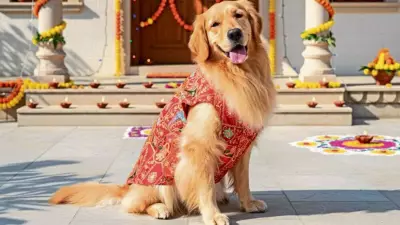
In an ambitious move to celebrate India's rich cultural tapestry, Delhi is transforming 41 of its major roundabouts into stunning showcases of state heritage and traditions. The project, which aims for completion by January, represents one of the most significant urban beautification initiatives the capital has seen in recent years.
A Cultural Journey Through Delhi's Roundabouts
Each of the 41 selected rotaries will feature unique thematic elements representing different states and union territories across India. From traditional art forms and architectural motifs to indigenous plants and cultural symbols, these roundabouts will serve as open-air galleries that educate and inspire both residents and visitors.
Project Timeline and Implementation
The transformation is progressing rapidly, with multiple agencies working in coordination to meet the January deadline. The project involves:
- Landscaping with region-specific flora
- Installation of cultural artifacts and sculptures
- Lighting enhancements for night viewing
- Informational displays about each state's heritage
Boosting Tourism and Cultural Awareness
This initiative goes beyond mere beautification—it's designed to create an immersive cultural experience for everyone navigating the city. The roundabouts will effectively become educational landmarks that promote understanding and appreciation of India's diverse cultural landscape.
The timing is particularly strategic, as the completed project will be ready to welcome visitors during the peak tourist season, potentially becoming a new highlight of Delhi's cultural tourism offerings.
A Model for Urban Development
This project demonstrates how urban infrastructure can serve dual purposes—functionality and cultural education. By transforming everyday traffic circles into cultural showcases, Delhi sets a precedent for other Indian cities to follow in integrating heritage conservation with urban development.
The initiative has generated significant excitement among urban planners, cultural enthusiasts, and local communities alike, who see it as a meaningful way to preserve and promote India's incredible cultural diversity in public spaces.





